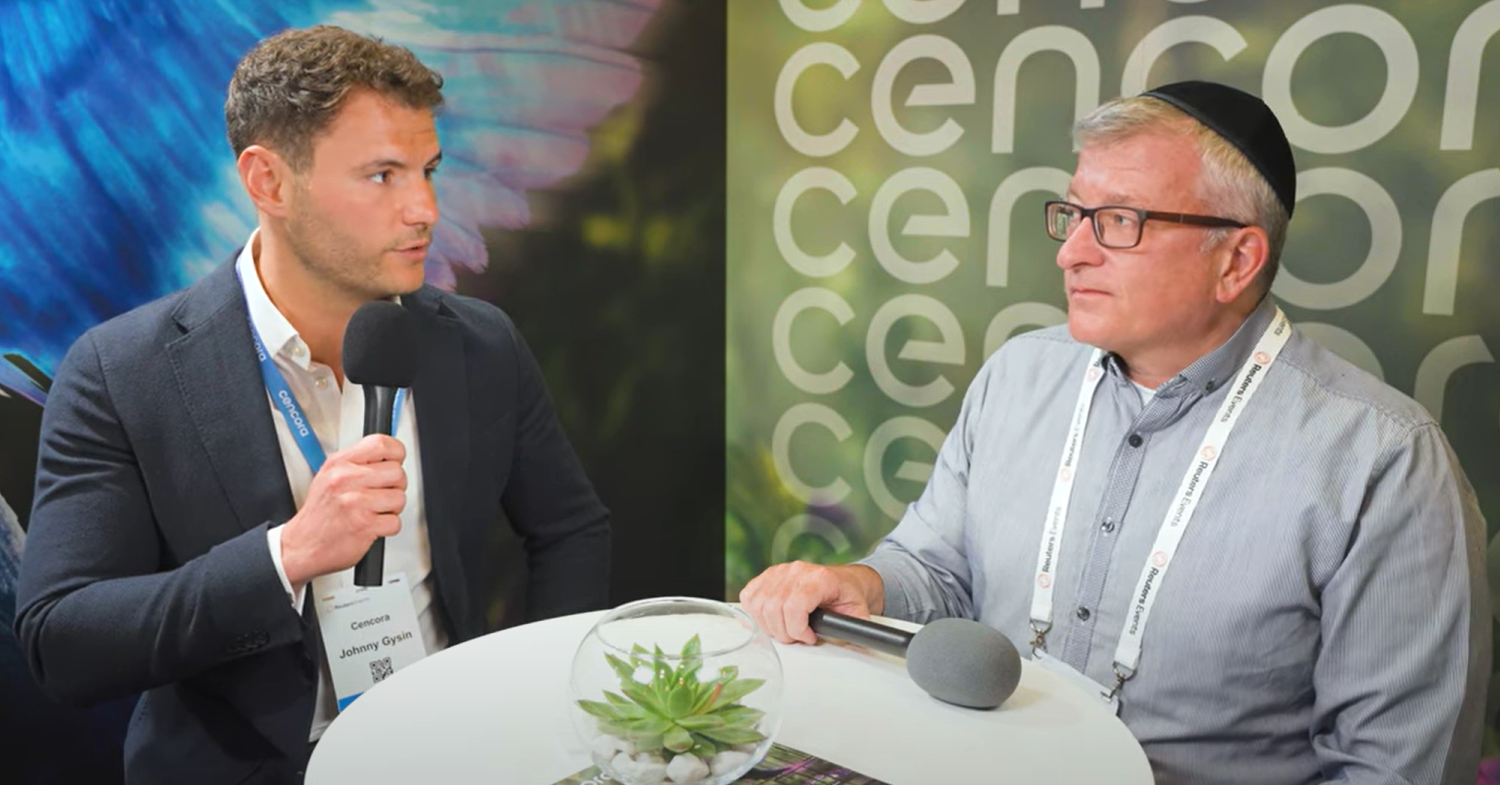Insights from Pharma 2025: Elevating patient engagement in the pharmaceutical industry
These conversations reflect the pulse of an industry in motion, committed to driving smarter, more sustainable healthcare solutions in an increasingly complex world. Whether focused on regulatory evolution, market access, technological breakthroughs, or cross-sector collaboration, each expert offered a unique lens on how pharma is adapting to meet the needs of tomorrow.
A focal point of the discussions was patient engagement, as Mark Duman, Patient Engagement Pioneer from MD Healthcare, shared insights gleaned from decades of experience in the field with Johnny Gysin, Director, Client Relations at Cencora. The conversation highlighted the need for pharmaceutical companies to prioritize the patient voice in every aspect of drug development and healthcare delivery.
The importance of listening to patients
When asked about the progress made in recent years, Duman acknowledged improvements but stressed that there is still much work to be done. He pointed to the phrase from the disability movement, “Nothing about us without us,” as a principle increasingly embraced by the industry.1 “I think we’re seeing more of that,” he noted, observing that the patient voice has become much more vocal at events like the Pharma 2025 conference.
Trends in patient-centric approaches
Despite these advancements, Duman pointed out that the alignment of patient engagement efforts across organizations is lacking. He stressed the need for better evaluation and measurement of these activities, emphasizing that “we can never really listen enough.”
Insights from the conference
Duman shared the story of Robert Joyce, a multiple sclerosis advocate, who has become an informed partner in his own healthcare journey 2. “He knows what medicines are best for him… and talks to his healthcare providers about the evidence base as to what didn’t work,” he explained. This shift towards patient-centricity, where healthcare professionals consider patient experiences in their prescribing decisions, is crucial for fostering effective patient engagement.
Addressing inequities and education
Duman called for a concerted effort to improve health literacy, stating, “We really need to look at critical appraisal skills and begin to educate our children and ultimately patients about how to navigate what is good and bad information.”
Recommendations for pharmaceutical companies
Duman also highlighted the need for the industry to tailor communication to individual patients, considering their unique experiences and motivations. “If we began to really think about tailoring our information and communicating to the individual, I think we’d be in a much better place,” he said, pointing out that this approach could lead to improved adherence to prescribed therapies.
The future of patient engagement
Duman noted that despite the growing discourse around patient engagement, investment from senior leadership remains inconsistent. “What I’ve seen over the last 10 years is a lot more talk of patient engagement, but a lot less investment from C-level,” he stated, highlighting the need for dedicated budgets to support these initiatives.
In closing, Duman delivered a powerful call to action for the pharmaceutical industry: “We’re here, we want to talk, we want to share our experience. Don’t hide behind compliance. Please listen, let us in, and we can be your partners in care.”
As the industry moves forward, embracing patient engagement as a core component of strategy will be essential for improving health outcomes and ensuring that the patient voice is truly integrated into every aspect of healthcare.
The contents of this piece contain marketing statements and do not include legal advice.
Source:
1: https://www.un.org/esa/socdev/enable/iddp2004.htm
2: https://a30minutelife.com/who-is-robert-joyce/
Connect with our team

Cencora.com is providing automated translations to assist in reading the website in languages other than English. For these translations, reasonable efforts have been made to provide an accurate translation, however, no automated translation is perfect nor is it intended to replace human translators. These translations are provided as a service to users of Cencora.com and are provided "as is." No warranty of any kind, either expressed or implied, is made as to the accuracy, reliability, or correctness of any of these translations made from English into any other language. Some content (such as images, videos, Flash, etc.) may not be accurately translated due to the limitations of the translation software.
Any discrepancies or differences created in translating this content from English into another language are not binding and have no legal effect for compliance, enforcement, or any other purpose. If any errors are identified, please contact us. If any questions arise related to the accuracy of the information contained in these translations, please refer to the English version of the page.




